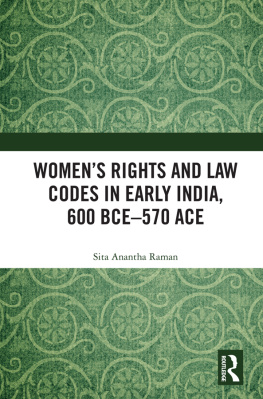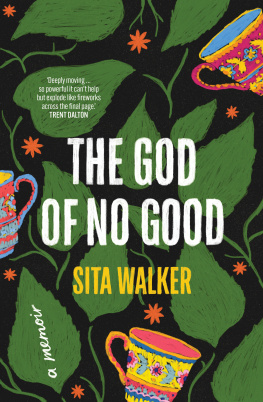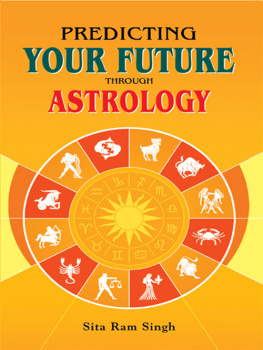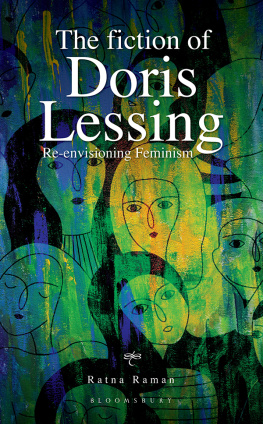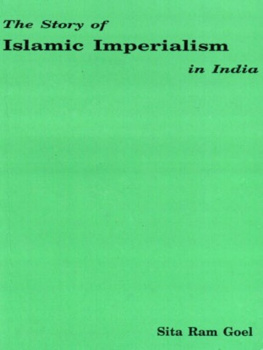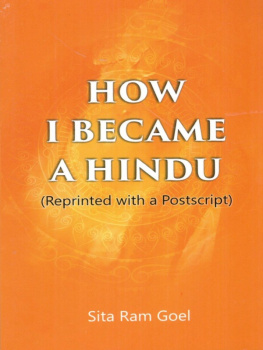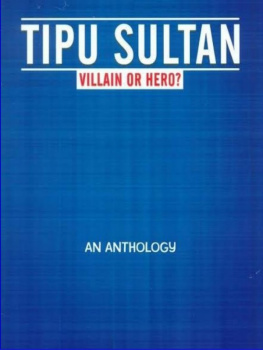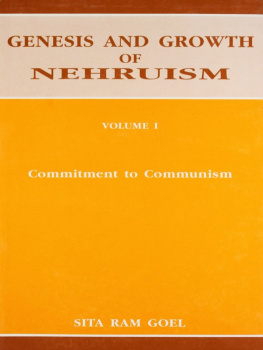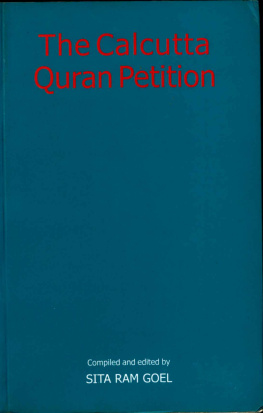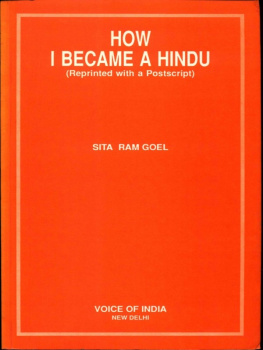Sita Anantha Raman - Womens Rights and Law Codes in Early India, 600 BCE570 ACE
Here you can read online Sita Anantha Raman - Womens Rights and Law Codes in Early India, 600 BCE570 ACE full text of the book (entire story) in english for free. Download pdf and epub, get meaning, cover and reviews about this ebook. year: 2020, publisher: Taylor & Francis (Unlimited), genre: Home and family. Description of the work, (preface) as well as reviews are available. Best literature library LitArk.com created for fans of good reading and offers a wide selection of genres:
Romance novel
Science fiction
Adventure
Detective
Science
History
Home and family
Prose
Art
Politics
Computer
Non-fiction
Religion
Business
Children
Humor
Choose a favorite category and find really read worthwhile books. Enjoy immersion in the world of imagination, feel the emotions of the characters or learn something new for yourself, make an fascinating discovery.
- Book:Womens Rights and Law Codes in Early India, 600 BCE570 ACE
- Author:
- Publisher:Taylor & Francis (Unlimited)
- Genre:
- Year:2020
- Rating:4 / 5
- Favourites:Add to favourites
- Your mark:
- 80
- 1
- 2
- 3
- 4
- 5
Womens Rights and Law Codes in Early India, 600 BCE570 ACE: summary, description and annotation
We offer to read an annotation, description, summary or preface (depends on what the author of the book "Womens Rights and Law Codes in Early India, 600 BCE570 ACE" wrote himself). If you haven't found the necessary information about the book — write in the comments, we will try to find it.
Womens Rights and Law Codes in Early India, 600 BCE570 ACE — read online for free the complete book (whole text) full work
Below is the text of the book, divided by pages. System saving the place of the last page read, allows you to conveniently read the book "Womens Rights and Law Codes in Early India, 600 BCE570 ACE" online for free, without having to search again every time where you left off. Put a bookmark, and you can go to the page where you finished reading at any time.
Font size:
Interval:
Bookmark:

This book looks at the first eight Sanskrit law codes written in India, between 600 BCE and 570 ACE. It focuses on the legal, religious, and ethical customs that were codified in this period and their impact on the social and political life of women.
The volume analyzes texts such as the Dharma Stras, the Arthastra, the Manu Smiti, the Yjyavalkya Smiti, and the Nrada Smiti, among others. It studies discourses on justice, conduct, virtues, and duties, and how early laws were used to systematize patriarchy and the varna caste system in South Asia. It examines how patrimonial laws and male property rights highlighted social anxieties about female chastity and varna lineage, which led to the subordination of women and the lower varnas. These anxieties are most evident in codes from the late Vedic-early classical eras when diverse new settlers arrived upon the subcontinent. At this time, kings decentralized governance and allowed local groups to practice communal laws, while they meted out court justice with a specific law code. As the state became prosperous from trade conducted by merchants of diverse castes, sects, and classes, and social peace was ensured by officials from disparate backgrounds, kings began to rely upon a law code that aspired for equity above intolerance. These chapters examine heterodox Thervada Buddhism and Jainism, their origins in the oligarchic state, their impact on the royal Sanskritic state, as seen in canonical literature. They especially focus on womens roles in heterodox sects, and the emergence of new spaces for women, as such changes were adopted in disparate ways and degrees by other South Asian communities.
The volume will be a useful resource for students and researchers of history, women and gender studies, social anthropology, sociology, and law. It will also serve as an information guide for readers who are interested in the political and social life of women in early India.
Sita Anantha Raman is Emerita Associate Professor, Santa Clara University, where she taught South Asian history and SE Asian history. She is the author of the books Women in India: A Social and Cultural History (Vols.1& 2; 2009); A. Madhaviah: A Biography and a Novella (Muthumeenakshi, trans. by Vasantha Surya; 2004); and Getting Girls to School: Social Reform in the Tamil Districts, 18701930 (1996); and of various journal articles.

First published 2020
by Routledge
2 Park Square, Milton Park, Abingdon, Oxon OX14 4RN
and by Routledge
52 Vanderbilt Avenue, New York, NY 10017
Routledge is an imprint of the Taylor & Francis Group, an informa business
2020 Sita Anantha Raman
The right of Sita Anantha Raman to be identified as author of this work has been asserted by them in accordance with sections 77 and 78 of the Copyright, Designs and Patents Act 1988.
All rights reserved. No part of this book may be reprinted or reproduced or utilised in any form or by any electronic, mechanical, or other means, now known or hereafter invented, including photocopying and recording, or in any information storage or retrieval system, without permission in writing from the publishers.
Trademark notice: Product or corporate names may be trademarks or registered trademarks, and are used only for identification and explanation without intent to infringe.
British Library Cataloguing-in-Publication Data
A catalogue record for this book is available from the British Library
Library of Congress Cataloging-in-Publication Data
A catalog record for this book has been requested
ISBN: 978-0-367-19869-5 (hbk)
ISBN: 978-0-429-26006-3 (ebk)
Typeset in Sabon
by Apex CoVantage, LLC
Dedicated with gratitude to
Professor Stanley Wolpert (19272019)
&
Professor Damodar R. SarDesai (19312016),
who inculcated respect for humane laws
PART I
Historical prelude
PART II
Later Vedic era and Dharma Stras
PART III
Mauryanclassical era: Arthastra and Manu Smiti
PART IV
Later classical era: Yjyavalkya Smiti and Nrada Smiti
This is a study of the first eight Sanskrit law codes used by kings in early India during a millennium (600 BCE570 ACE) of notable political, social, religious, and cultural innovations. We analyze each codes guidelines for kings, women, and occupational classes (varnas) through the lens of historical events in the era of its composition. The varnas were priestly brhmans, katiya kings and soldiers, vaiya folk, and udra workers. Our study has four chronological sections. is on the later classical era of stable pre-Guptan and Guptan empires, when monarchs meted out justice with two fairly liberal codes, the Yjyavalkya Smiti (200 ACE) and Nrada Smiti (400 ACE).
In the later Vedic era (1000300 BCE), Sanskritic territorial expansion resulted in the formation of large political states (janapada) across the northern regions. These states included kingdoms and oligarchies (ca. 800 BCE), whose leaders were elite men of the martial class/caste (varna) of katiyas. When kingdoms began to dominate oligarchic states, scholarly brhmans composed the Dharma Stras (600300 BCE) to guide kings on statecraft and court justice. The royal state reached its apex in the heterodox Mauryan Empire (320184 BCE), for which Kauilya composed the initial sections of the Arthastra. Mauryan collapse triggered political disarray, succeeded by new empires in the early classical era (ca. 200 BCE200 ACE). Kauilyas eponyms now expanded the Arthastra, which Vinugupta completed ca. 150 ACE. There also now appeared the first Dharma stra, that is, the orthodox Mnava Dharma stra/Manu Smiti (100 BCE100 ACE). In the later classical era (200570 ACE) of more stable, prosperous political states, less orthodox brhmans composed two new Dharma stras, the Yjyavalkya Smiti (ca. 200 ACE) and Nrada Smiti (ca. 400 ACE). Pre-Guptan kings relied on the Yjyavalkya Smiti, which Guptan emperors (320570 ACE) used in conjunction with the Nrada Smiti. The Yjyavalkya and Nrada Smitis highlighted the kings righteous duty (dharma) to govern and dispense unbiased justice (nyya) to all subjects based on norms in their era. As code writers were all brhman men, their codes often began by describing the dharmas of the four varnas. Yet the writers chief purpose was temporal, as they wished to define the kings dharma to govern and mete out justice to all subjects in a righteous manner.
The theoretical basis of this study is that Sanskritic clans followed amorphous patriarchal customs until political states (janapada) emerged in the later Vedic era. When kingdoms began to dominate oligarchies, the authors of the Dharma Stras legally validated patriarchal customs on marriage and patrilineal inheritance. These laws had serious social implications, as they subordinated women in the state and in society. This study examines each code through the lens of political and social events in that historical era, a method that clarifies the authors motivations, the main political-economic factors of that era, and the codes impact. The codes were often adopted as customary laws by the four Sanskritic
Font size:
Interval:
Bookmark:
Similar books «Womens Rights and Law Codes in Early India, 600 BCE570 ACE»
Look at similar books to Womens Rights and Law Codes in Early India, 600 BCE570 ACE. We have selected literature similar in name and meaning in the hope of providing readers with more options to find new, interesting, not yet read works.
Discussion, reviews of the book Womens Rights and Law Codes in Early India, 600 BCE570 ACE and just readers' own opinions. Leave your comments, write what you think about the work, its meaning or the main characters. Specify what exactly you liked and what you didn't like, and why you think so.

